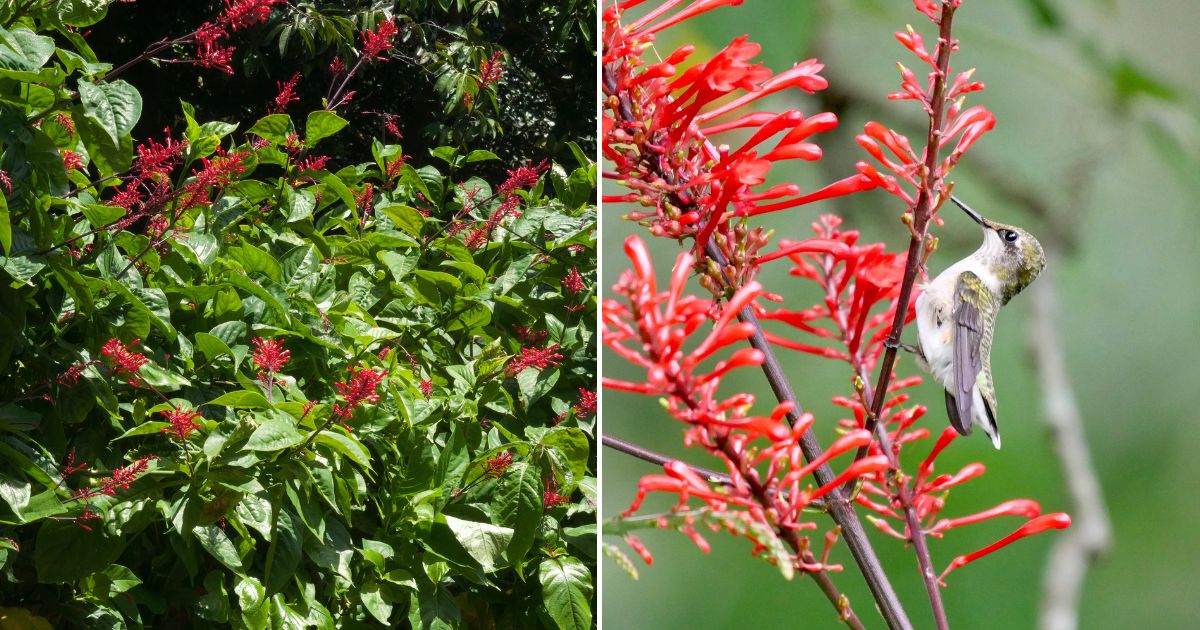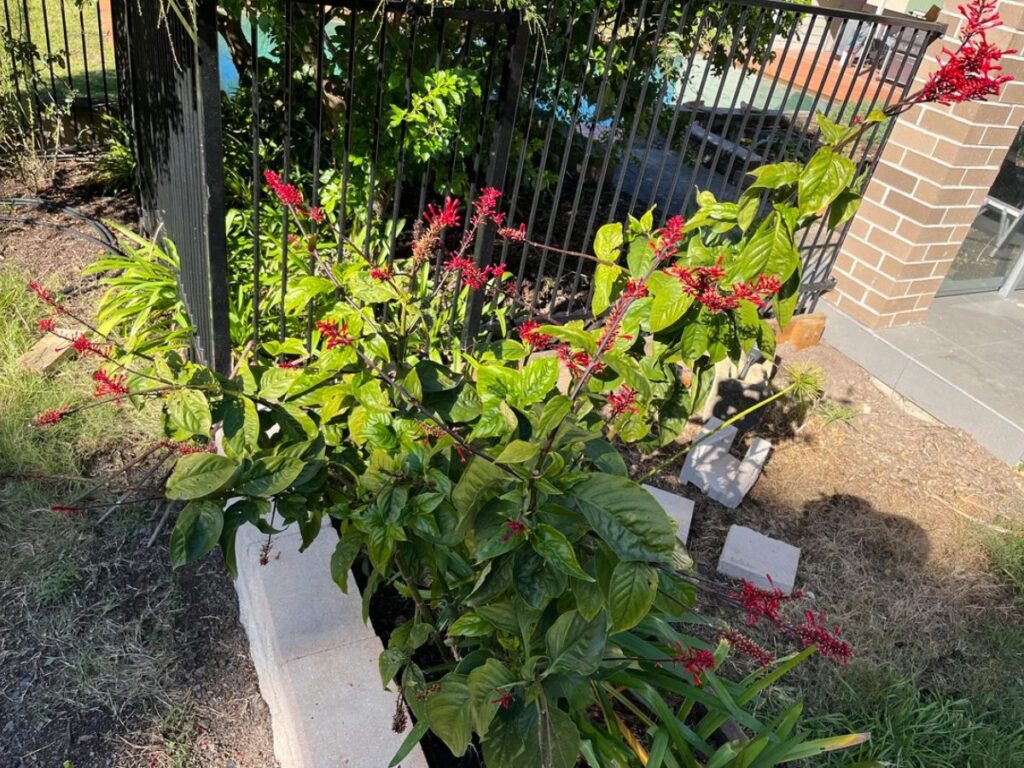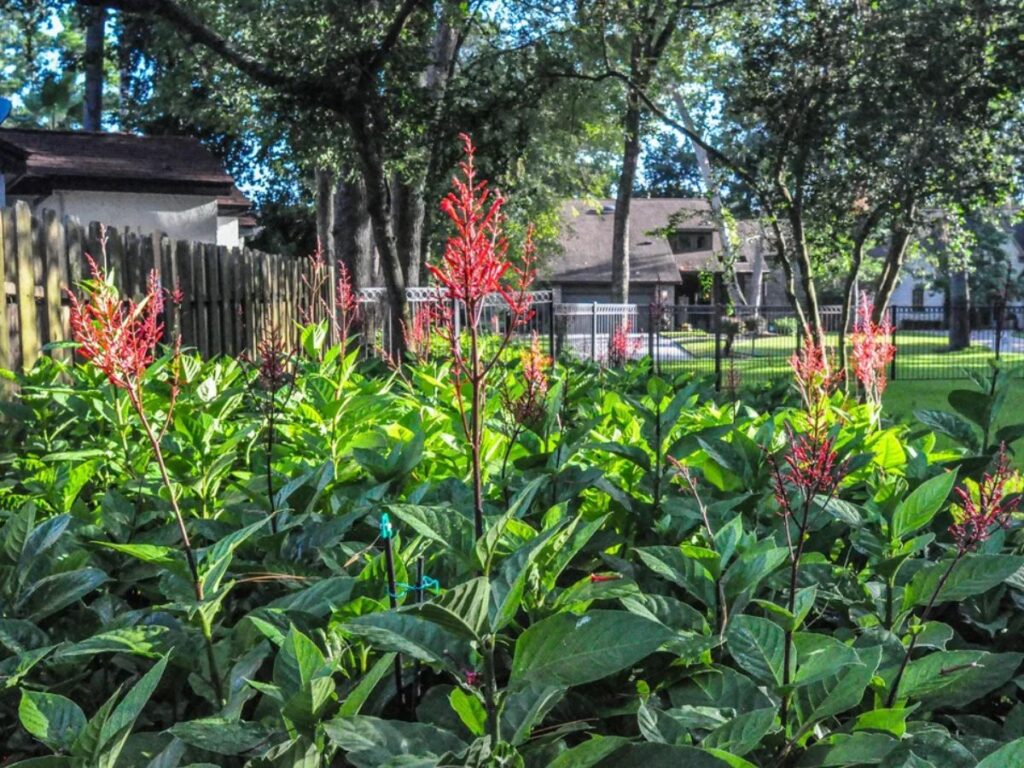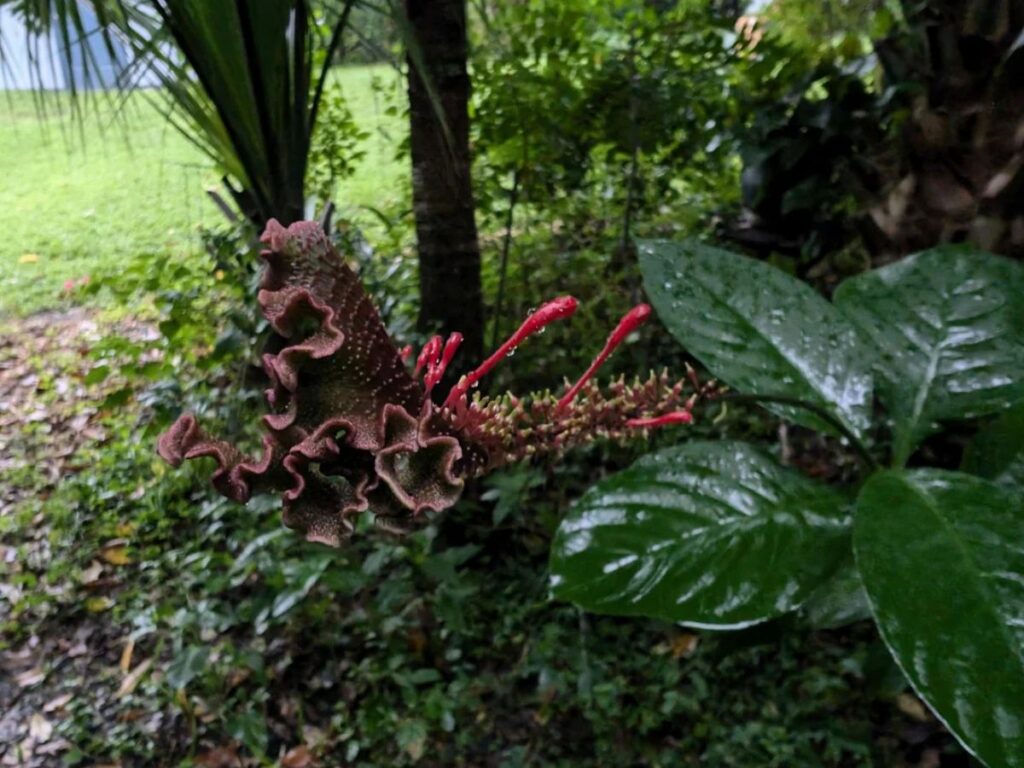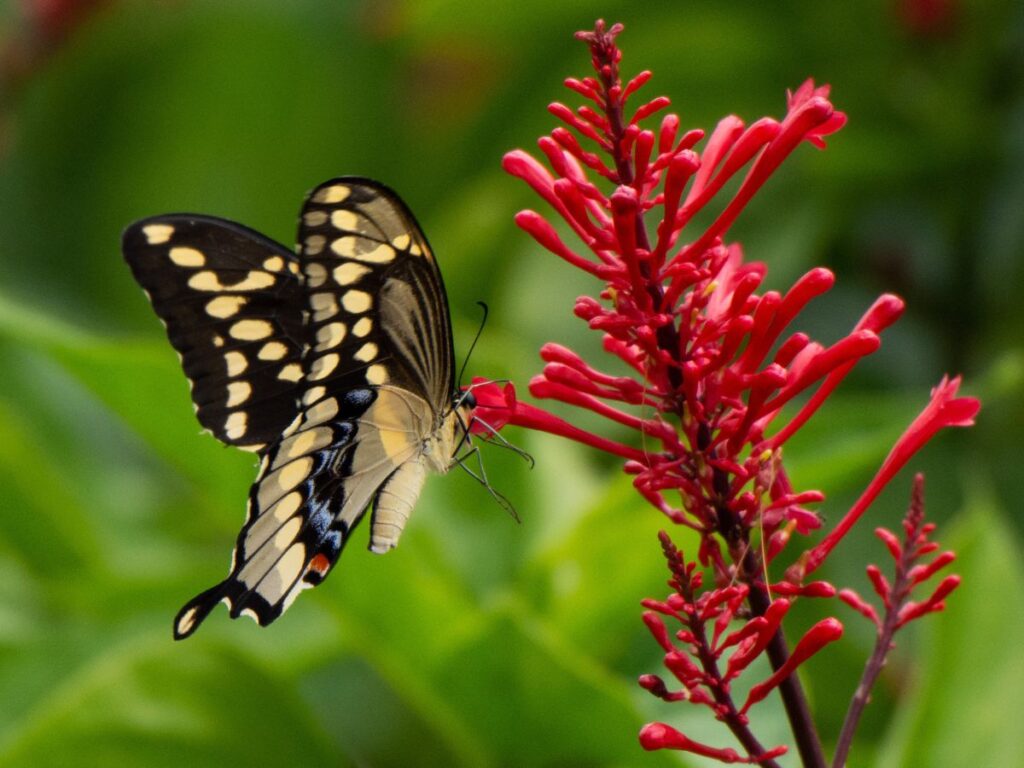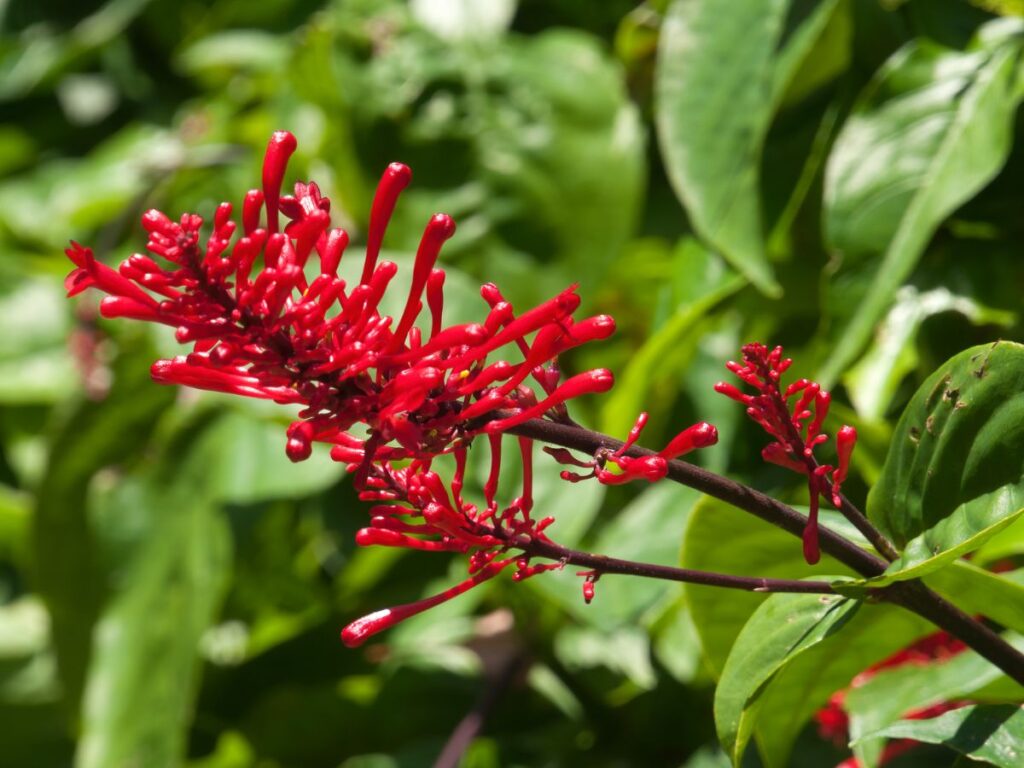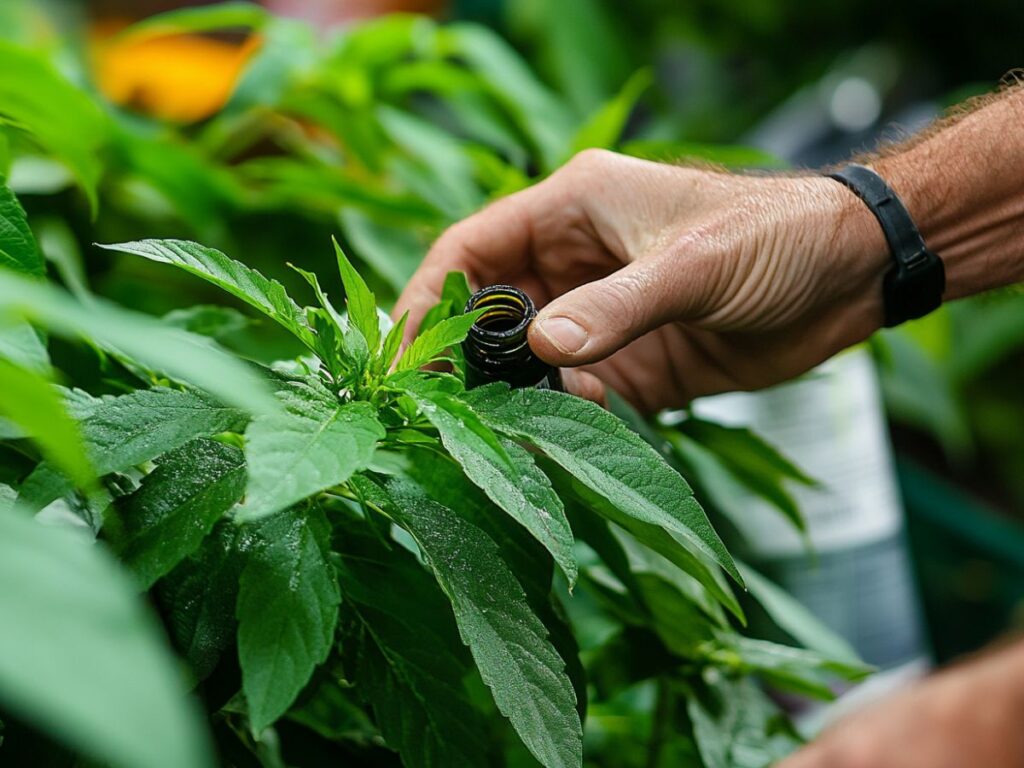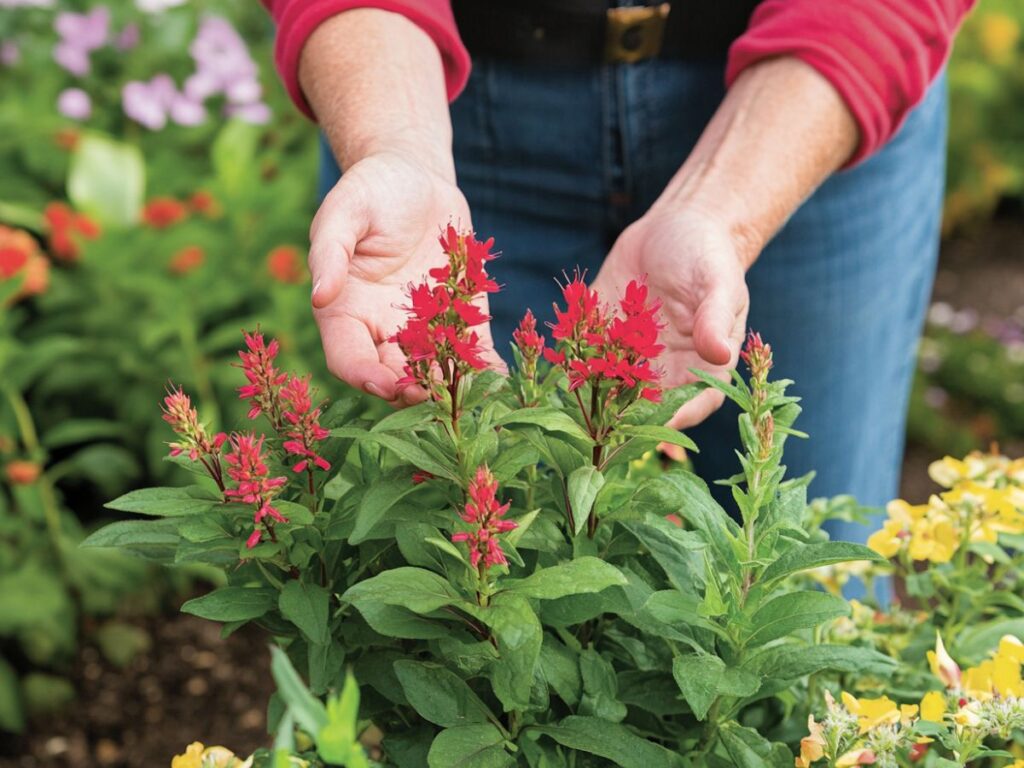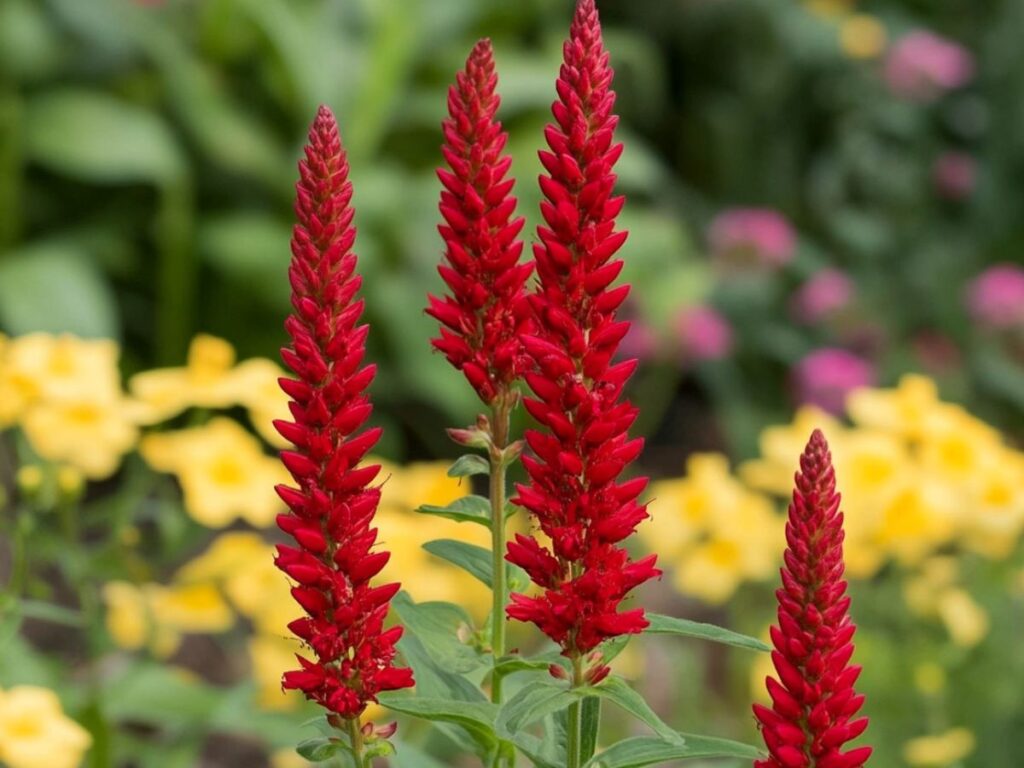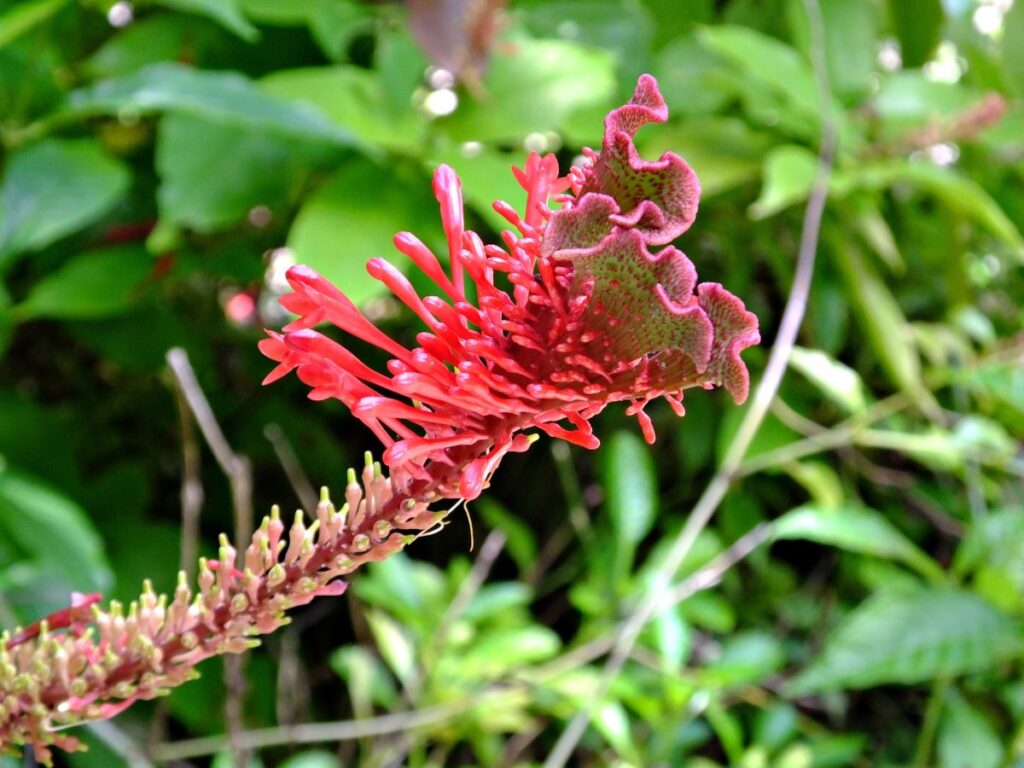Firespike (Odontonema cuspidatum) is a garden gem that deserves a place in every vibrant landscape.
Known for its showy, crimson spikes and ability to attract hummingbirds and butterflies, this tropical beauty adds striking color and energy to any outdoor space.
With a little care and attention, you can transform firespike into the dazzling centerpiece of your garden. While firespike is generally hardy, thriving with minimal care, a few expert tips can help you unleash its full potential.
If you’re ready to create a radiant display of red blooms that last well into the cooler months, here are ten secrets to growing firespike plants that will flourish with breathtaking beauty.
1. Choose the Perfect Spot for Planting
Like many tropical plants, firespike loves sunlight but performs best in dappled or partial shade. Look for a spot in your garden that receives morning sun and afternoon shade to balance the light requirements.
This setting will help your firespike thrive without scorching its delicate leaves, which can happen if exposed to direct sun all day.
When selecting a location, ensure the soil drains well to prevent root rot. Firespike tolerates a range of soil types but thrives in well-draining, slightly acidic soil with a pH of 6.0 to 6.5.
Test your soil if you’re unsure and consider amending it with organic compost to enhance drainage and nutrient content.
2. Master the Art of Pruning
Pruning firespike is essential for achieving lush growth and preventing the plant from becoming too leggy.
Firespike can grow up to six feet tall and might need occasional cutting back to maintain its form. The best time to prune is right after the flowering season, typically in late winter or early spring.
When pruning, remove dead or yellowed leaves to improve air circulation, which reduces the risk of fungal infections.
Trimming back overgrown stems also encourages branching, which leads to a fuller and more bushy appearance, ensuring more blooms in the next season.
3. Give It a Boost with Fertilizer
Firespike isn’t a heavy feeder, but a little fertilizer goes a long way in promoting vibrant blooms.
Apply a balanced, slow-release fertilizer with an N-P-K ratio of about 10-10-10 in early spring. This will give your plant the nutrients it needs to grow strong stems and vibrant flowers.
Throughout the growing season, supplement with a light feeding of liquid fertilizer every month or two, especially if you notice slow growth or fading foliage.
Organic options like compost tea or fish emulsion can also be effective. Just be careful not to over-fertilize, as this can lead to excess leaf growth at the expense of flowers.
4. Water Consistently but Don’t Overdo It
Firespike appreciates consistent moisture but is not tolerant of waterlogged roots. To strike the right balance, water deeply once a week, providing about an inch of water each time.
In particularly hot or dry weather, you may need to increase watering frequency.
Mulching around the base of the plant is another excellent way to conserve moisture and keep the roots cool.
Apply a 2-3 inch layer of mulch, like shredded bark or leaf mold, but keep it a few inches away from the base to avoid attracting pests or encouraging rot.
5. Encourage Pollinators for Healthier Blooms
One of firespike’s biggest attractions is its ability to draw in pollinators, particularly hummingbirds and butterflies. Pollinators help improve the plant’s overall health by facilitating better seed production and even stronger blooms.
To boost pollinator activity, consider creating a pollinator-friendly garden around your firespike.
Plant nectar-rich flowers nearby and avoid using chemical pesticides, which can harm these beneficial visitors. Not only will your firespike benefit, but you’ll enjoy a garden filled with vibrant wildlife.
6. Propagate to Expand Your Garden
Once you have a thriving firespike plant, propagating it to create more is simple. Firespike is easy to grow from cuttings, making it an excellent choice for expanding your garden without purchasing additional plants.
To propagate, cut a healthy, 4-6 inch stem section just below a leaf node, remove the lower leaves, and dip the cut end in rooting hormone for faster results.
Place the cutting in a pot with well-draining soil, water it lightly, and cover with a plastic bag to retain humidity. Keep it in a warm, shaded spot and watch for roots to develop in a few weeks.
Transplant the rooted cutting to your garden or a larger pot, and you’ll have a brand-new firespike plant before you know it.
7. Watch for Pests and Manage Them Naturally
Firespike plants are relatively resistant to pests, but they’re not immune. Watch for common garden pests like aphids, spider mites, and whiteflies, especially in warm and humid conditions.
Regularly inspecting the underside of leaves is a good habit to prevent infestations.
To manage pests naturally, use insecticidal soap or neem oil sparingly. These organic solutions can deter pests without harming beneficial insects or pollinators.
Another helpful tip is to introduce natural predators like ladybugs or lacewings to your garden, which can help keep pest populations under control.
8. Protect Your Firespike from Cold Weather
Firespike is a tropical plant and is only hardy in USDA zones 8-11. If you live in a colder climate, firespike will need protection in winter. One option is to grow firespike in large pots, which allows you to move them indoors when temperatures start to drop.
For firespike planted in the ground, cover the base with a thick layer of mulch in late fall to insulate the roots.
In particularly cold areas, consider covering the entire plant with frost cloth on freezing nights. Alternatively, treat firespike as an annual and replant each year if you can’t provide winter protection.
9. Pair with Complementary Plants for a Stunning Display
Creating a garden that looks effortlessly beautiful often involves pairing plants with complementary features.
Firespike pairs wonderfully with plants that have contrasting textures and colors, such as the feathery fronds of ferns or the bold, round leaves of elephant ears.
Another option is to plant firespike alongside other pollinator-attracting flowers like lantana, salvia, or Mexican bush sage.
The varied blooms will create a lively display of colors and textures that will capture attention and bring a sense of tropical vibrancy to your garden.
10. Practice Patience: Firespike’s Bloom Cycle
Firespike may test your patience, as it typically blooms in late summer to fall, unlike many garden plants that flower in spring or early summer.
This timing, however, is what makes firespike so valuable in the garden. It provides a burst of color when other flowers have started to fade, keeping your landscape lively as the seasons change.
Keep in mind that firespike can take a year or two to reach full flowering potential. In its first year, you may notice modest blooms, but with time and care, it will become a reliable source of color in late-season gardens.
Knowing that firespike rewards patience with its stunning display makes the wait worthwhile.
Bonus Tips for Thriving Firespike Blooms
To get the most from your firespike, remember these additional tips:
Humidity Matters: Firespike loves humidity, so misting during dry spells can help keep its leaves lush.
Soil Testing: Firespike prefers slightly acidic soil, so a pH meter is a handy tool for any serious firespike grower.
Regular Cleanup: Removing faded blooms keeps the plant’s energy directed toward new growth, ensuring a steady flow of fresh flowers.
With these 10 secrets, your firespike plants will flourish, giving you a radiant and long-lasting display of color.
The firespike’s brilliant red blooms aren’t just a striking focal point; they represent a garden cultivated with love and intention, one that offers seasonal beauty for years to come.
